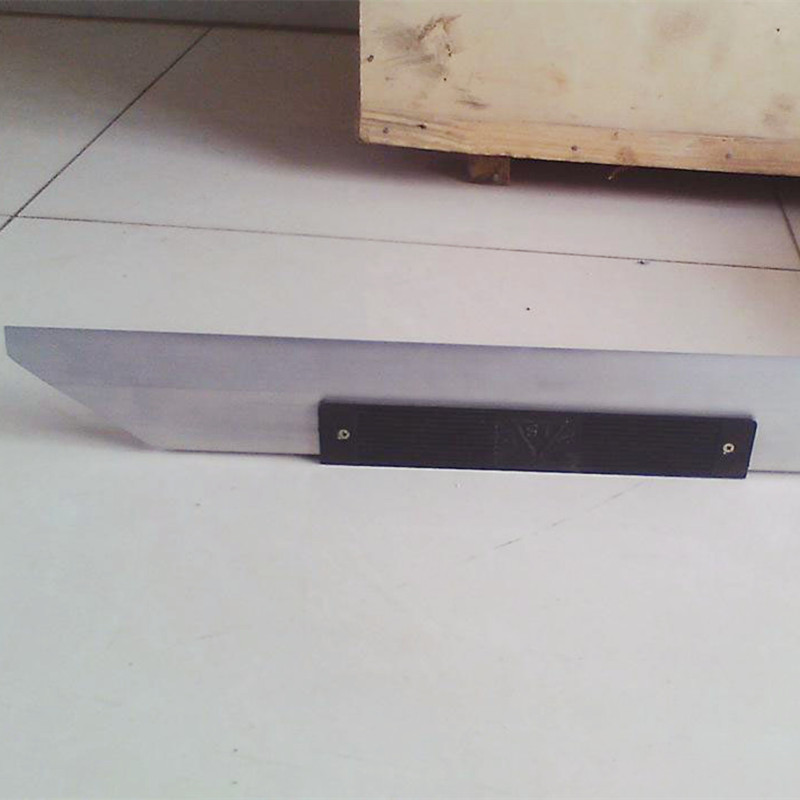Th8 . 15, 2024 07:15 Back to list
Creating a Sturdy and Functional Welding Table for Efficient Metalworking Projects
Building a Welding Table A Guide to Crafting Your Perfect Workbench
Building a welding table is an essential project for any metalworker, whether a novice hobbyist or a seasoned professional. A well-constructed welding table provides a durable and stable surface, ensuring safer and more precise work. This guide will outline the steps and considerations necessary to create an efficient and ergonomic welding table tailored to your specific needs.
1. Assess Your Needs
Before diving into the construction process, it’s crucial to assess your requirements. Consider the types of welding projects you'll be undertaking, the size of your workspace, and how mobile you want the table to be. For heavier projects, a larger and more stable table is ideal, whereas, for lighter tasks or smaller spaces, a compact, portable design may be better suited. Additionally, think about whether you need built-in storage for tools and materials, or if you prefer an open workspace.
2. Selecting Materials
When it comes to materials, the tabletop is the most critical component. Steel is the preferred choice for welding tables due to its durability and heat resistance. A minimum thickness of 1/4 inch is recommended to withstand the weight and heat generated from welding. For the frame and legs, using rectangular or square tubing will provide the necessary strength and stability. Ensure that all materials are clean and free from rust or contamination to guarantee optimal performance.
Once you have assessed your needs and selected your materials, it's time to design your table. A common size for DIY welding tables is around 3 feet by 5 feet, which provides ample workspace without being overwhelming in a home garage. Sketch your design, including the frame dimensions and any additional features such as shelves or extensions. Consider adding a few features like a built-in vise, clamping areas, or a storage drawer for tools. This will enhance functionality and keep your workspace organized.
building a welding table

4. Constructing the Frame
Start by cutting your steel tubing to the desired lengths for the frame and legs. Ensure all cuts are straight and clean. Use a welding machine to assemble the frame. Tack-weld sections together first before completing the welds. This allows for adjustments if necessary. Make sure the frame is square – measure diagonally from corner to corner; both measurements should be equal. After the frame is complete, grind down any sharp edges to avoid injuries.
5. Attaching the Top
Prepare the steel plate for the tabletop by cleaning it thoroughly. Position the tabletop on the frame, ensuring it is centered and flush with the edges. Use clamps to stabilize the plate while you weld it to the frame. Spot weld it in several locations before going back to make solid, continuous welds along the edges. This provides a secure hold and makes for a uniform surface.
6. Finishing Touches
After welding the tabletop, consider finishing your table to prolong its life and improve aesthetics. You can grind the surface smooth and apply a coat of paint or a high-temperature resistant finish. This not only enhances appearance but also helps protect against rust. Finally, consider adding rubber feet or wheels to the legs for mobility or to protect your floor from scratches.
Conclusion
Building a welding table can be a rewarding project that significantly enhances your metalworking capabilities. By carefully considering your needs, selecting appropriate materials, and following a structured construction process, you can create a welding table that will serve you well for years to come. With your personalized workbench in place, you’ll find that your welding projects will be safer, more efficient, and ultimately more enjoyable. Happy welding!
-
thread-plug-gauge-our-promise-of-measurement-excellenceNewsAug.22,2025
-
gauge-pin-class-reflecting-quality-legacyNewsAug.22,2025
-
check-valve-types-for-high-rise-buildingsNewsAug.22,2025
-
water-control-valve-for-irrigation-systemsNewsAug.22,2025
-
gate-valve-with-soft-seal-technologyNewsAug.22,2025
-
y-type-strainer-for-oil-and-gas-applicationsNewsAug.22,2025
Related PRODUCTS









